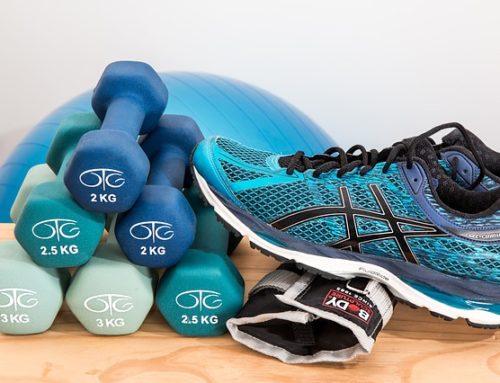We meet a lot of people daily. In the bus or subway, at work, in the club, while walking the dog, during sports events, while shopping or staying in line (especially Wal-Mart before Christmas), and the list goes on. Relatives, neighbours, friends, loved ones, hated ones… With many of these people we start conversation. Or they start first. Topics vary, and more often than not we find that we can speak about the topic and understand each other pretty well.
However, once in a while we bump into conversation where we seem to talk about the same topic yet our understanding of an issue is nothing like that other person’s. Fitness, nutrition and healthy lifestyle is quite good example for it. Let me explain how.
Just recently I was talking to one of the clients who attended my class, and her question, of course, was “Alex, what exercise I need to do to get rid of my love handles? I already do 300 situps a day”. For quite some time my reaction to this question was something like this:
OH, NO!!! NO MORE OF THAT!!!
Eventually I realized that this way I offend people and it’s no surprise they no longer want to talk to me. So the strategy changed. Now I take a minute to explain them the value of good nutrition in combination with sound exercise routine and healthy lifestyle and hygiene habits… But in the situation with a client above, as many times before that, the immediate answer was “But I eat really well! My nutrition is great! I start my day with a bowl of healthy low-fat cereal!”.
Well, this is exactly where we start speaking different languages. You see, I don’t consider cereal or oatmeal in the morning a healthy breakfast. And in terms of exercising, I don’t consider 300 situps a day very healthy strategy either.
So now its time to lay out some beginning principles which I’ll be referring to in future to make sure we speak the same language.
Not everything you do in the gym is very healthy for you. When you hear advice on the radio or on TV or read in the newspaper about “working out for good health is as simple as doing 30 minutes of cardiovascular activity daily and up to 3 times a week exercising your main muscles with machines or free weights” it is great advice. However, with no previous experience and knowledge it is very easy to do something wrong with this routine. Let’s talk about various ways where things can be misinterpreted:
- Start doing cardiovascular conditioning first, then finish with resistance training It is popular way, but in terms of achieving results its less effective than if you warm-up, do resistance training, and THEN finish with some form of conditioning. There is very big evidence-based data for it, so I will cover this topic in future
- Hoping for spot reduction. It doesn’t exist. Example of spot reduction – when you do 300 crunches a day, you DO NOT make your fat burn in the stomach area. It’s just not happening, regardless of how much it burns. If you want to know more about the issue, hang around for some time, in nearest future I will be covering this topic
- Picking training routine of a world champions instead of assessing what YOU need to do to achieve best health possible
- Picking exercises randomly, with no specific order, without understanding why you chose certain exercise is a sure way to get yourself in trouble. Easiest way of trouble – no results. Hardest way – injury. Enough said
- Going too light, so your body never needs to adapt. No adaptation – no results
- Going to heavy to stroke the ego. Chances of injury are increasing immediately
- Doing the exercise by copying someone who is doing it wrong. Even if you spying on the experienced trainer, maybe there is a trick that needs to be explained to you, such as breathing properly, or keeping posture in a certain way. If you don’t know that, chances are that you are doing this exercise wrong
- Again, as I said numerous times – even if you learnt everything you know in life by yourself, somebody still taught you alphabet. So don’t reinvent the wheel and ask the trainer in your gym to explain and show you what you need
- Now, one time quickly about this topic, because I will be back to it later, but, trust me, this one is huge – what makes you feel good is not necessarily what brings results.
- Not a single routine will be consistently bringing results if it performed repeatedly and consistently for a period of time longer than two months. None. Don’t tell me it does for you, if you keep doing your routine for over 2 years. It’s not. It only does so in your imagination
Well, this is very briefly ideas that are important to keep in mind when we speak about training, mostly resistance training. Next topic is cardiovascular training.








Leave A Comment